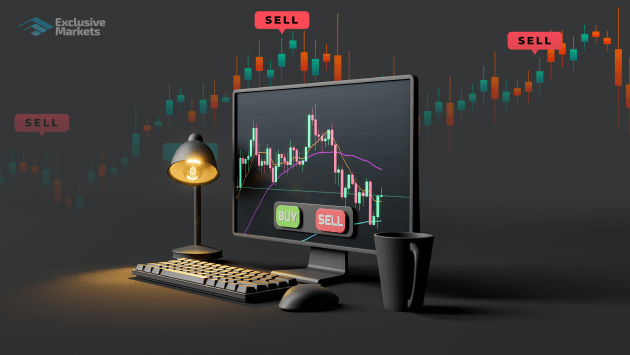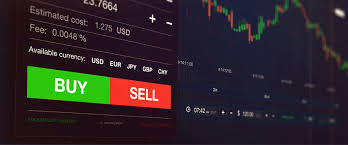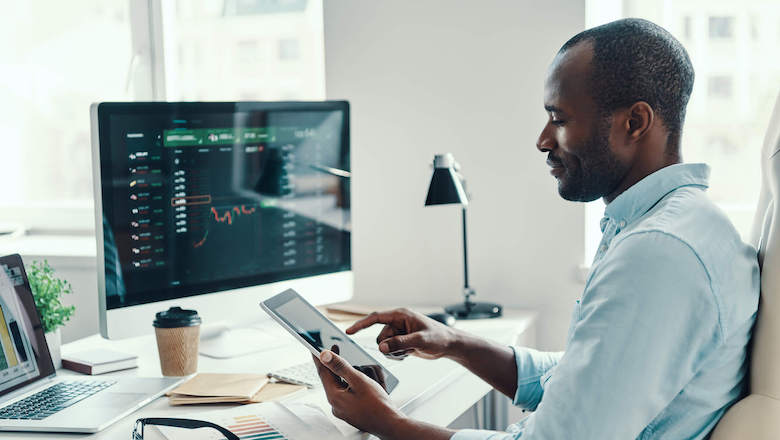How to Open a Forex Trading Account A Comprehensive Guide 1640170360

Opening a forex trading account is the first step towards participating in the global currency market. If you’re looking to become a forex trader, understanding how to open a forex account is crucial. In this comprehensive guide, we will walk you through the various steps involved, helping you make informed decisions along the way. For those ready to dive in, consider checking out how to open a forex trading account Top LATAM Forex Platforms to find suitable trading options.
Understanding Forex Trading
Forex, or foreign exchange, is the largest financial market in the world. It boasts a daily trading volume exceeding $6 trillion. This market operates 24 hours a day, five days a week, allowing traders to buy and sell currencies globally. Traders can profit from the fluctuations in currency values. However, before you can trade, you need to open a forex account.
Step 1: Research and Choose a Forex Broker
The first step in opening a forex trading account is selecting a reputable forex broker. A broker acts as an intermediary between you and the currency market. Factors to consider when choosing a broker include:
- Regulation: Ensure the broker is regulated by a recognized authority, which lends credibility and safety to your trading experience.
- Trading Platform: Research the trading platform offered by the broker. It should be user-friendly and equipped with the necessary tools for analysis.
- Spreads and Fees: Understand the cost of trading, which can include spreads, commissions, and withdrawal fees.
- Customer Support: Reliable customer support is crucial, especially if you encounter issues while trading.
Step 2: Open a Trading Account
Once you’ve chosen a broker, the next step is to open a trading account. Most brokers offer several types of accounts, including:
- Standard Account: Ideal for most traders, offering access to a full range of trading instruments.
- Mini Account: Offers lower minimum deposit requirements and is suitable for novice traders.
- ECN Account: Provides direct access to the interbank market, often with lower spreads.
To open an account, you’ll need to fill out an application form that typically requires personal information such as your name, address, phone number, and email address.
Step 3: Verify Your Identity
Most brokers require you to verify your identity to comply with international regulations. This process often includes submitting the following documents:
- A government-issued ID (passport or driver’s license)
- A recent utility bill or bank statement showing your name and address
Verification can take anywhere from a few hours to several days, depending on the broker.
Step 4: Deposit Funds into Your Account
After your account is verified, you’ll need to deposit funds to start trading. Most brokers offer a variety of deposit methods, including:

- Credit/Debit Cards
- Bank Transfers
- Electronic Payment Systems (like PayPal, Skrill, etc.)
Make sure to review the deposit process carefully, looking for minimum deposit requirements and associated fees.
Step 5: Familiarize Yourself with the Trading Platform
Once your account is funded, you should familiarize yourself with the trading platform. Spend time exploring its features, including:
- Charting tools and technical analysis indicators
- Placing orders and managing trades
- Examining the economic calendar for market-moving events
Many brokers provide demo accounts where you can practice trading without risking real money. This is an excellent way to build familiarity while testing your strategies.
Step 6: Develop a Trading Strategy
Before you start trading, it’s crucial to have a well-defined trading strategy. A trading strategy can include:
- Technical Analysis: Using price charts and indicators to forecast future movements.
- Fundamental Analysis: Evaluating economic indicators and news events that impact currency values.
- Risk Management: Implementing rules to limit losses and protect your trading capital.
A successful trading strategy is crucial for long-term success. Make sure it’s tailored to your trading style, risk tolerance, and market understanding.
Step 7: Start Trading
Now that you have done your research, opened your account, and developed a trading strategy, you’re ready to start trading. Begin by placing small trades to get accustomed to the process and the emotions tied to trading. Always keep an eye on your risk management rules, ensuring you never risk more than you can afford to lose.
Conclusion
Opening a forex trading account is a straightforward process if you follow the steps outlined above. Remember to choose a reputable broker, thoroughly understand the trading platform, and develop a solid trading strategy based on sound analysis. Forex trading is not without risks, but with proper guidance and knowledge, you can navigate the market and aim for success in your trading endeavors.
Happy trading!



